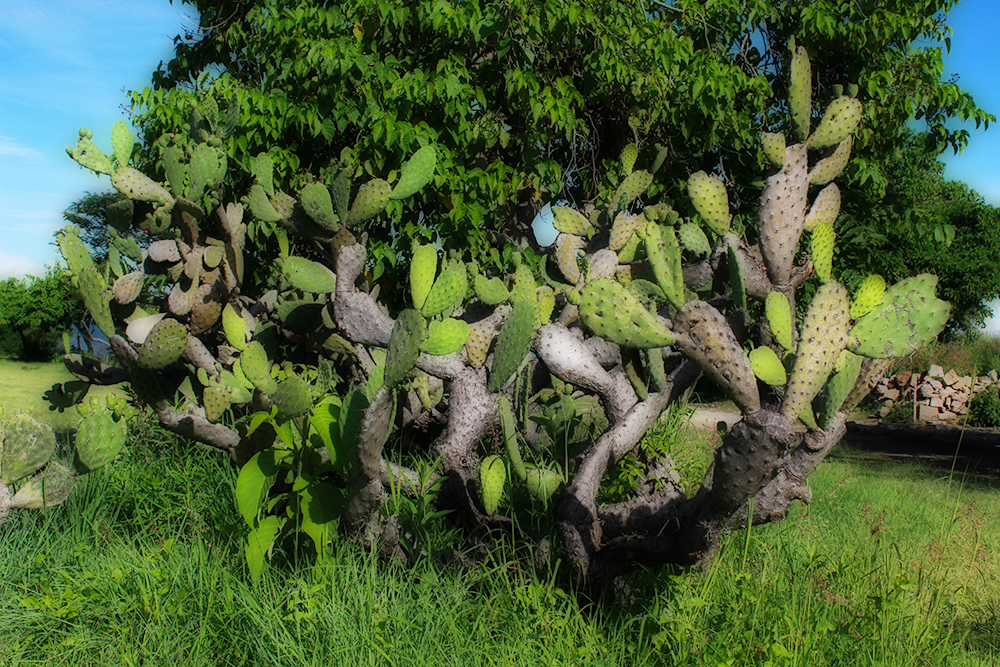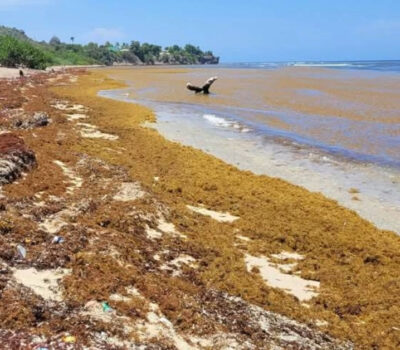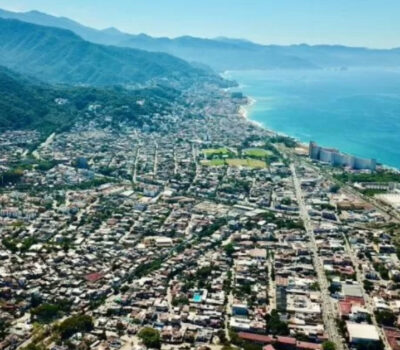About a third of the world’s cactus species are threatened with extinction, the International Union for Conservation of Nature warns in a new report.
The study evaluated 1,478 species and determined that 31 percent are endangered due to factors such as the conversion of wilderness areas to farming and ranching, urban development and the harvest of cactus seeds and plants for trade and private collection.
“We show that cacti are among the most threatened taxonomic groups assessed to date … demonstrating the high anthropogenic pressures on biodiversity in arid lands,” said the report, which was published in the journal Nature Plants.
It identified hotspots of endangered cactuses across the Americas, from the southern Brazilian state of Rio Grande do Sul and parts of neighboring Uruguay north to the Mexican states of Queretaro, San Luis Potosi, Oaxaca and Puebla.
Salvador Arias, cactus curator at the National Autonomous University of Mexico’s botanical garden, said a little over a third of the country’s 700 or so native species are at severe risk for survival and called the situation “alarming.”
He said the greatest threat comes from destruction of habitat for crops and cattle. Second is illegal collection, often by aficionados who take seeds or plants to sell in European countries.
“These plants belong to the so-called exotic plants, which have ornamental value for people around the world,” said Arias, who was involved in putting together the report. “How did (the plants) make it there (Europe)? We can simply say through illegal extraction.”
He added that authorities are trying to combat the problem, but more resources and education are needed.
Scientists say cactuses are important elements of desert ecosystems as sources of food and water for flora and fauna. They’re also a source of nourishment and building materials for local human populations.
In places like arid northwestern Argentina, tourists enjoy strolling among giant cactuses and snapping pictures of their bright yellow flowers.
Manuel Bibiloni, owner of Huin Cactus, a company in Argentina’s Tucuman province that focuses on sustainable trade of cactuses, said the key for protecting them is to ensure that appreciation for the spiny plants happens in the places where they grow.
“Taking plants from their natural habitat is harmful firstly because you are doing direct damage to them, and furthermore for the plant it is very demanding,” Bibiloni said. “It really costs them to adapt to different climates and situations. … In many cases they end up dying, especially if you do not know how to care for them.”
Nora Beatriz Muruago, a biologist specializing in cactus at the National University of Tucuman, said she was not surprised by the findings of the report. Cactuses have suffered in parts of Argentina from burning of natural grasses for agriculture and livestock and from road construction, she said.
Muruago said the harvesting of cactus for shipment to Europe is as old as Christopher Columbus’ arrival in the Americas and the practice was essentially unregulated until the 1970s.
“Cacti have always captivated people. … The beauty of their flowers and the singularity of their forms,” Muruago said.
“So the depletion should not surprise us,” she added. “The collectors create a huge network of illegal trafficking and put many species at risk of disappearing.”
About a third of the world's cactus species are threatened with extinction, the International Union for Conservation of Nature . . .












